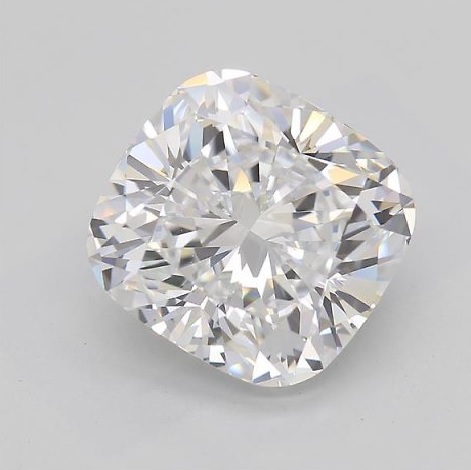A diamond is a precious gemstone composed of carbon atoms arranged in a crystal lattice structure, which gives it remarkable hardness and brilliance. It is the hardest naturally occurring material on Earth, making it highly prized not only for its beauty but also for its durability. Diamonds are formed deep within the Earth’s mantle under extreme heat and pressure over millions of years.
Key Features of Diamonds:
Hardness: Diamonds are rated 10 on the Mohs scale of hardness, meaning they are the hardest substance known to man. This makes them ideal for use in jewelry, especially rings and other items subject to daily wear.
Brilliance: The unique structure of diamonds allows them to reflect and refract light in a way that creates their signature sparkle. The brilliance is largely determined by the diamond’s cut, which influences how light interacts with the stone.
Color: While diamonds come in a variety of colors, the most valued diamonds are those that are colorless or near-colorless. The Gemological Institute of America (GIA) grades diamonds on a color scale from D (colorless) to Z (light yellow or brown). However, diamonds also come in fancy colors such as pink, blue, and yellow, which are graded on a different scale.
Clarity: This refers to the presence of internal or external imperfections, known as inclusions and blemishes, respectively. The fewer imperfections a diamond has, the higher its clarity grade. Clarity grades range from Flawless (FL) to Included (I1, I2, I3).
Carat Weight: The size of a diamond is measured in carats (ct), where 1 carat equals 0.2 grams. Larger diamonds are rarer and often more valuable due to their size.
Cut: The cut refers to how a diamond has been shaped and faceted, influencing how well it reflects light. The quality of the cut, rather than its shape (e.g., round, oval, princess), has the biggest impact on a diamond’s brilliance.
Types of Diamond Cuts:
Round Brilliant: The most popular and widely used cut, known for its maximum brilliance and sparkle.
Princess: A square or rectangular shape with pointed corners, offering a modern and sharp look.
Emerald: Known for its step-cut facets, which highlight clarity and offer a sophisticated, elegant style.
Cushion: A blend of round and square, with soft, rounded corners and large facets, giving a vintage feel.
Oval: An elongated shape, offering a unique, sophisticated appearance and a larger appearance compared to round diamonds of the same carat weight.
Natural vs. Lab-Grown Diamonds:
Natural Diamonds: Formed over millions of years under high pressure and temperature deep within the Earth.
Lab-Grown Diamonds: Created in a laboratory using high-pressure, high-temperature (HPHT) or chemical vapor deposition (CVD) methods, which replicate the natural process. They are chemically identical to natural diamonds but can be more affordable.
Uses of Diamonds:
Jewelry: Diamonds are most commonly used in engagement rings, earrings, necklaces, and bracelets.
Industrial Applications: Due to their hardness, diamonds are used in cutting, grinding, and drilling tools.
Diamonds are not just symbols of luxury but also of endurance, making them ideal for celebrating significant milestones and relationships.
